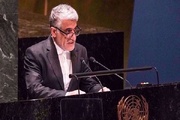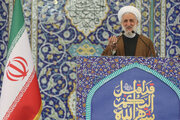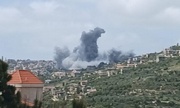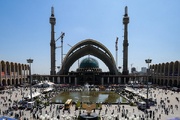Zarach qanat, the longest qanat in the world is being considered to be given World Heritage Site status by UNESCO, the General Manager of the provincial office of Iran's Cultural Heritage, Handicrafts and Tourism Organization (ICHHTO) in Yazd Province of Iran told the reporters.
The three thousand year old qanat is of 120 kilometers length and earlier in 2005 was enlisted in Iran’s Cultural Heritage List.
There are 2115 vertical access shafts on the route of the qanat as the General Manager Mohammad Mehdi Sherafat recounted.
Creating a reliable supply of water for the major human settlement in Yazd and providing irrigation in hot and arid villages of the suburban areas, the qanat transported water as long as 120 kilometers and watered 425 hectares of land.
The qanat also powered the Vazeer Mill in Koushk No district of Yazd city where it passes 30 meters below the surface of the city and has a slow sloping entry into the mill.
Sherafat also talked about the plans devised for restoring and conserving the section of qanat between the Vazeer Mill and the Jameh Mosque of Yazd (also known as the grand congregational mosque of Yazd city) where there are 7 payabs and 2 pasheers on the passage.
Pasheer is an underground chamber for dispensing water where one or sometimes more bronze faucets are provided to get water from the water reservoir (Ab anbar) behind the wall.
Payab is a stairway leading to an underground chamber where there is a polygon slice on the floor on the passage of Qanat to provide access to water.
An indigenous Iranian structure, a qanat is a gently sloping underground channel with a series of vertical access shafts, used to transport water from an aquifer under a hill.
Having been developed by the Persian people, the technology is seen in the fourth millennium BC in Iran and spread from there slowly westward and eastward.

























Your Comment